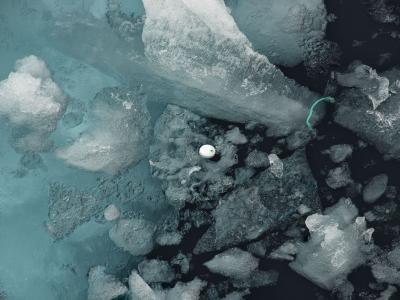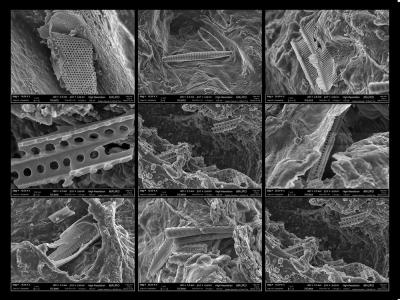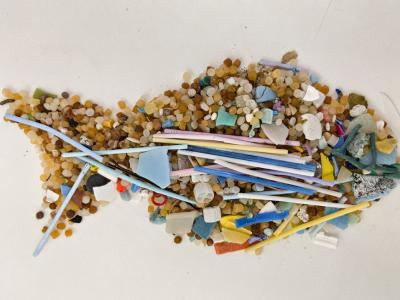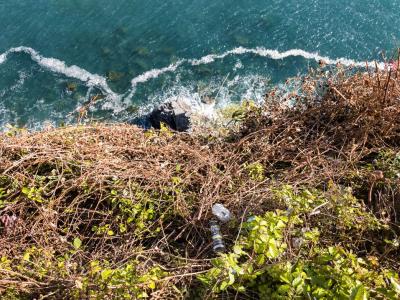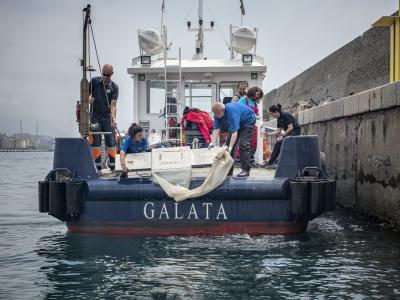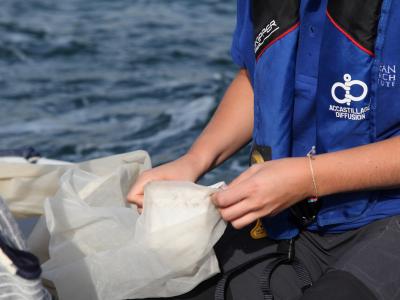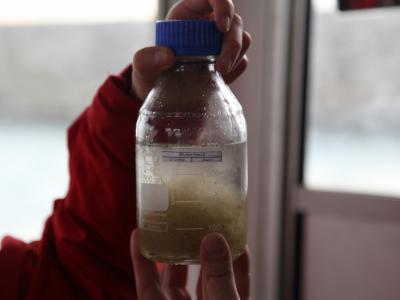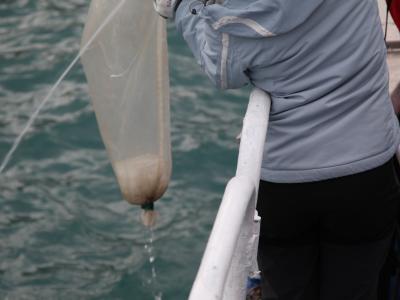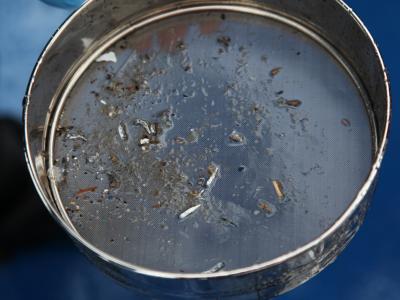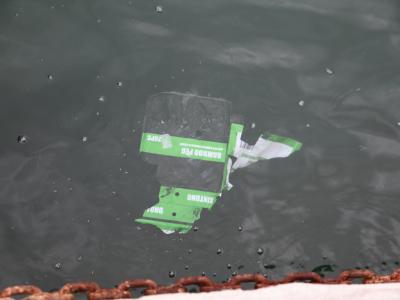SPlasH ! Stop alle Plastiche in H2O !
MIO PI : Stéphane Mounier
MIO Participants : V. Lenoble, N. Patel, G. Durrieu, J. Tesan, C. Le Poupon, K. Dajoudi
Project Duration : 2018-2020
Research area : CONTAM MIO
The SPlasH ! project is a Franco-Italian Marittimo project funded by Europe.
It brings together 3 centres: the University of Genova, the E.R.I. European Research Institute, and the University of Toulon. Within the University of Toulon, 2 laboratories are involved: MAPIEM and M.I.O. The disciplines covered are those of particle modeling and transport M.I.O. OPLC team (Physical Oceanography and Modeling team), environmental chemistry and geochemistry (CEM team) and biofilm formation and composition (MAPIEM). In all, at least 6 researchers are working on the project, and more than 4 Master's students have contributed to the results and sampling.
In concrete terms, we first carry out a numerical and qualitative identification of microplastics. Numerical identification involves isolating the microplastics from the sampled seawater. This is done using a binocular magnifying glass. This tedious work can take 1 to 2 days per sample!
These micoplastics are then counted using a device called a zooscan. This enables us not only to quantify the microplastics precisely, but also to provide information on their surface area, volume and shape. The plastics are then weighed, giving us an idea of the quantity of plastic present in a given volume of water.
Qualitative identification involves detecting the major polymers making up microplastics. This is carried out using FTIR (Fourier Transform Infrared) equipment. Identifying these polymers can also provide information on the time a microplastic has spent in water.
As part of this project, we also looked at the bioconcentration of metals such as copper on microplastics. As we said earlier, as soon as a plastic is immersed, organisms will colonize the surfaces to form what is known as a biofilm. To date, very little is known about this interaction between microplastic, biofilm and surrounding metals. As a result, one of the major objectives of this study was to quantify the metals associated with microplastics resulting from a process of bioconcentration by the biofilm. To achieve this, we had to develop a protocol for extracting the biofilm that forms on microplastics. We drew inspiration from a protocol usually applied to sediments.
Why metals? The presence of metals in low concentrations in the environment can have an impact on microorganisms. Their presence is even essential for certain elements. However, as soon as their concentration (quantity) exceeds a certain threshold, they can become lethal.
In terms of innovation in the equipment used in the study of micoplastics, in the context of this project we are primarily interested in improving sampling efficiency. Indeed, as you have seen, sampling is essentially carried out using a Manta net. However, the latter allows us to sample only in surface waters, and in shallow environments, such as coastal areas, there is no way of sampling at intermediate depths. Nevertheless, we would also be interested in a better understanding of the distribution of these micoplastics along the water column, to see at what depth they accumulate and their dynamics in the first few km of coastline. The challenge lies in developing a sampling method that will enable us to sample the entire water column. As part of this project, a prototype is already available using in-situ pumps and filters, and is currently in the testing phase.
Publications
- Cutroneo, L., Reboa, A., Besio, G., Borgogno, F., Canesi, L., Canuto, S., Dara, M., Enrile, F., Forioso, I., Greco, G., Lenoble, V., Malatesta, A., Mounier, S., Petrillo, M., Rovetta, R., Stocchino, A., Tesan, J., Vagge, G., Capello, M., 2020. Microplastics in seawater: sampling strategies, laboratory methodologies, and identification techniques applied to port environment. Environ. Sci. Pollut. Res.
- Tesán Onrubia JA, Djaoudi K, Mounier S & Stocchino A (2019) Goldschmidt Abstracts, 2019 3343


